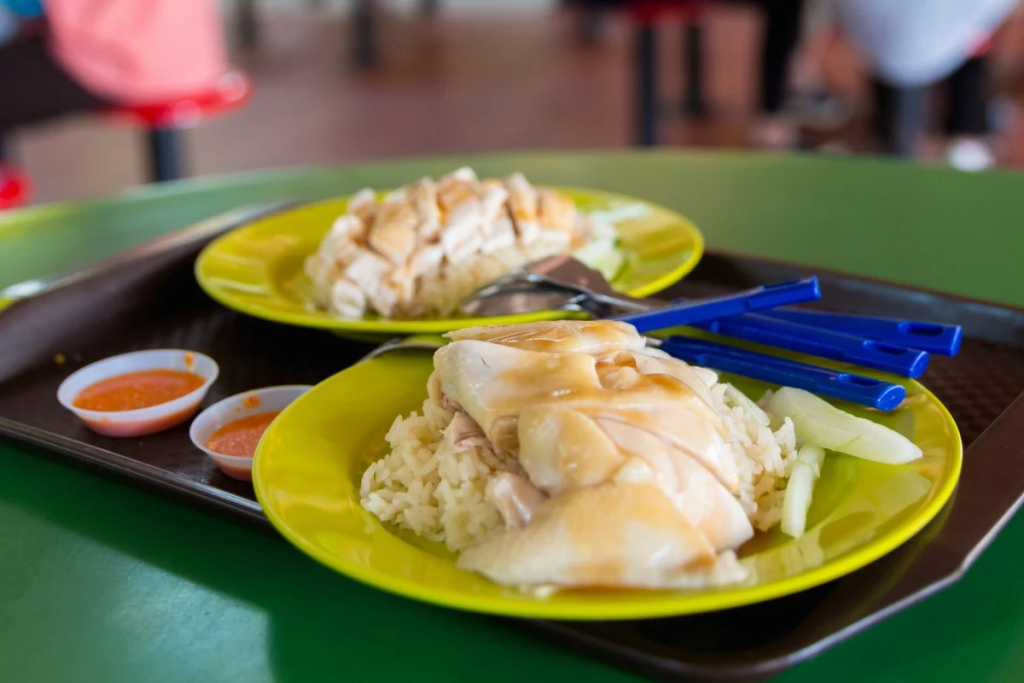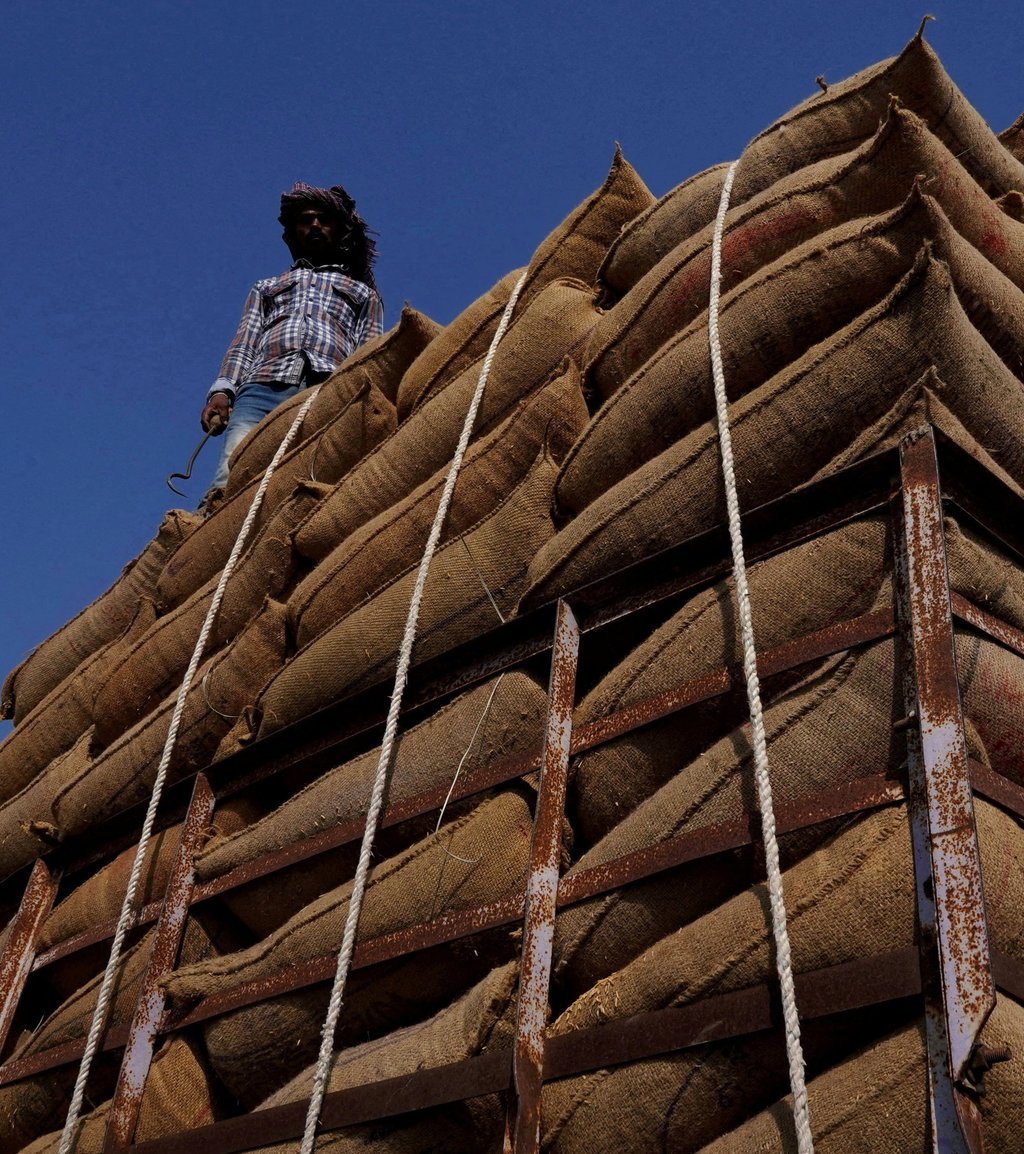Tags
India-Pakistan conflict puts Asia’s rice supplies at risk of trade turmoil, rising prices
India is the world’s biggest and Pakistan the fourth largest exporters of rice to import-reliant Southeast Asian nations.

Hadi Azmi.
The deepening conflict between India and Pakistan may threaten food security across Asia, officials and analysts warn, with import-dependent countries raising concerns over rice supplies if the crisis disrupts trade and increases global commodity prices.
India launched air strikes and missiles at Pakistan on Wednesday following last month’s deadly attack on tourists in the Indian-administered region of Kashmir.
Pakistan retaliated early Thursday morning, signalling that a dangerous escalation in hostilities may be ahead.
India is the world’s biggest rice exporter – with Pakistan the fourth largest – and both countries sell onions and other essential foodstuff to import-reliant Southeast Asian nations.
Any prolonged conflict between the nuclear-armed rivals risks choking off these vital supplies or driving up prices – with Malaysia, Singapore and Indonesia especially vulnerable to trade disruptions.

On Wednesday, Malaysia’s Agriculture and Food Security Minister Mohamad Sabu warned that it would be forced to look elsewhere for rice if war spread to ports and trade facilities.
“[India and Pakistan’s] political and economic stability is crucial for food security in Malaysia,” Mohamad said.
“If a war or tensions occur that affect port operations or delivery infrastructure, rice imports to our country could be disrupted.”
Rice is a staple across Southeast Asia, with per capita consumption averaging around 150kg (330lbs) annually.
Laos and Cambodia are among the region’s highest consumers, exceeding 230kg per person, while Malaysia and Indonesia consume over 120kg each.
But Malaysia produces only enough rice to meet about half of domestic demand, relying on imports to cover the rest.
More than 40 per cent of those imports come from India and Pakistan, followed by Vietnam, Thailand, and Cambodia.
On Thursday, Deputy Agriculture and Food Security Minister Arthur Joseph Kurup said the country had enough rice stockpiles to “sustain needs for over six months”.
But any disruption is likely to exacerbate a price crunch in recent years after India’s aggressive pricing reshaped the global rice market, challenging rival exporters like Thailand and Vietnam to match cheaper Indian costs.
Rice is currently trading at around US$390 per metric ton (1.1 ton), with expectations to fluctuate within a US$10 range for the remainder of the year.
In the first quarter of this year, Thailand’s rice exports dropped by a third to 2.1 million tonnes as buyers turned to cheaper Indian rice, according to Chookiat Ophaswongse, president of the Thai Rice Exporters Association.
For the full year, Thailand expects rice exports to fall 24 per cent to 7.5 million tonnes, while Vietnam projects a 17 per cent decline.
India’s low prices have squeezed margins for these competing exporters, reducing their global market share and discouraging long-term investment in production.
Before the conflict, Reuters reported that global rice prices were at multi-year lows and were unlikely to rise significantly this year, given India’s massive stockpiles of the grain.

“We don’t expect a price rebound. The supply glut is likely to prevent prices from increasing,” said B.V. Krishna Rao, president of India’s Rice Exporters Association.
The group expects shipments from India to rise by nearly 25 per cent from a year earlier to a record 22.5 million metric tons this year.
This jump is likely to propel India back to its dominant share of the global market, which stood at more than 40 per cent before it curbed exports in 2022, surpassing the combined sales of the next four largest suppliers – Thailand, Vietnam, Pakistan and the United States.
For Malaysia, the latest geopolitical flare-up comes as it is already grappling with a domestic rice shortage.
Allegations of cartels hoarding supplies to inflate prices have exacerbated the crisis, forcing many consumers to turn to pricier imported rice.
In Malaysia, the ripple effects of the Ukraine war has already seen chicken prices soar as feed costs spiked – prompting an export ban that left neighbouring Singapore scrambling to source poultry from as far afield as Brazil to satisfy demand for its beloved national dish, chicken rice.
https://www.scmp.com/week-asia/economics/article/3309529/india-pakistan-conflict-puts-asias-rice-supplies-risk-trade-turmoil-rising-prices?module=perpetual_scroll_0&pgtype=articlePublished Date: May 8, 2025






